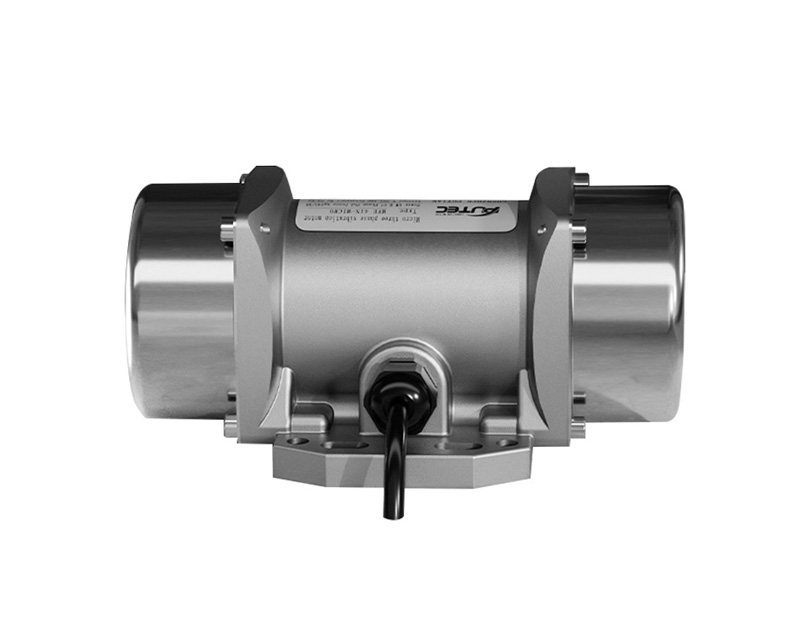Industrial Vibration Motors: Enhancing Operational Efficiency
 Jul-19-2024
Jul-19-2024
 Industry News
Industry News
Large Electric Industrial Vibration Motor Manufacturing Wholesaler
Industrial vibration motors are essential components in a wide range of applications, contributing significantly to operational efficiency across various industries. These motors play a crucial role in processes that require controlled vibration, such as material handling, screening, compacting, and conveying. Their reliability, durability, and precise performance make them indispensable in enhancing productivity and reducing downtime in industrial settings.
Understanding Industrial Vibration Motors
Industrial vibration motors are designed to generate controlled vibrations needed for specific applications. They come in various types, including eccentric rotating mass (ERM) motors, linear resonant actuators (LRAs), and brushless vibration motors. Each type offers distinct advantages in terms of vibration intensity, frequency range, and energy efficiency, catering to diverse industrial requirements.
Applications in Manufacturing
In manufacturing, industrial vibration motors are integral to operations such as parts alignment, mold shaking, and material separation. These motors ensure consistent product quality by facilitating uniform distribution and compacting of materials during production processes. Manufacturers rely on industrial vibration motors to optimize workflow efficiency and maintain high standards of product integrity.
Construction and Mining
The construction and mining industries utilize industrial vibration motors for tasks such as concrete compaction, screen shaking, and material feeding. These motors withstand harsh environments and heavy-duty applications, delivering powerful vibrations that enhance material handling and processing efficiency. Their robust construction and reliability contribute to increased operational uptime and reduced maintenance costs.
Food and Pharmaceutical Processing
In food and pharmaceutical processing, industrial vibration motors are employed for sieving, sorting, and packaging applications. They ensure product quality and safety by eliminating contaminants and achieving uniform product distribution. These motors adhere to stringent hygiene standards and regulatory requirements, making them suitable for sensitive production environments where cleanliness and precision are paramount.
Environmental Benefits
Industrial vibration motors offer environmental benefits through energy efficiency and reduced material waste. They optimize energy consumption by delivering precise vibrations tailored to specific tasks, less unnecessary power usage. Additionally, their ability to enhance material compaction and screening efficiency reduces the volume of waste generated, supporting sustainability efforts in industrial operations.
Maintenance and Reliability
Maintaining operational efficiency with industrial vibration motors involves regular inspection, lubrication, and preventive maintenance. Manufacturers implement robust maintenance protocols to extend motor lifespan and ensure continuous performance. Proactive maintenance practices prevent unexpected downtime and costly repairs, thereby increasing productivity and operational uptime.
Technological Advancements
Technological advancements in industrial vibration motors continue to drive innovation and efficiency improvements. Integrated sensors, advanced control algorithms, and remote monitoring capabilities enhance motor performance and reliability. Manufacturers invest in research and development to introduce smart motor technologies that offer real-time diagnostics and predictive maintenance insights, enabling proactive decision-making and operational optimization.
Challenges and Future Outlook
Challenges associated with industrial vibration motors include balancing performance requirements with energy efficiency goals and adapting to evolving industry standards. However, ongoing advancements in motor design and technology are expected to address these challenges, paving the way for enhanced operational efficiency and sustainability in industrial applications. The future outlook for industrial vibration motors remains promising, with continued growth anticipated in automation, smart manufacturing, and renewable energy sectors.
In conclusion, industrial vibration motors are indispensable tools for enhancing operational efficiency across diverse industrial sectors. Their role in facilitating controlled vibrations for material handling, processing, and quality assurance underscores their significance in optimizing productivity and reducing environmental impact. As industries embrace automation and digitalization, industrial vibration motors will continue to evolve, offering innovative solutions that drive efficiency, reliability, and sustainability in industrial operations.


 English
English русский
русский Português
Português عربى
عربى فارسی
فارسی









